Drag the appropriate labels to their respective targets.-[.
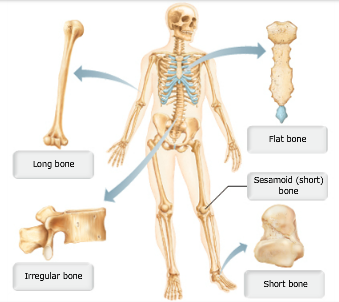
Drag the appropriate labels to their respective targets.
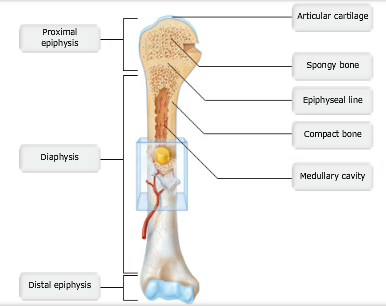
Drag the appropriate labels to their respective targets.
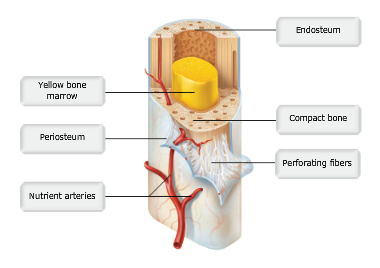
Drag the appropriate labels to their respective targets.
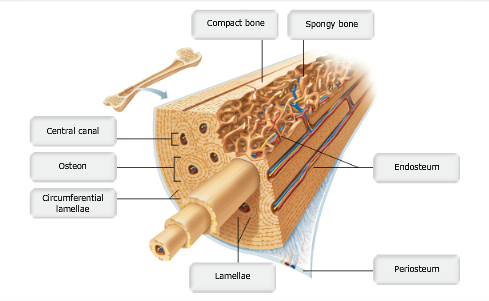
Drag the appropriate labels to their respective targets.
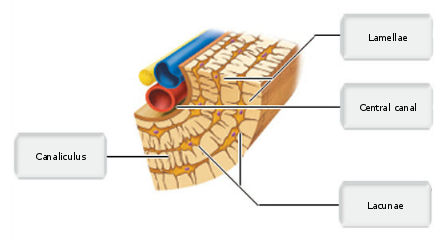
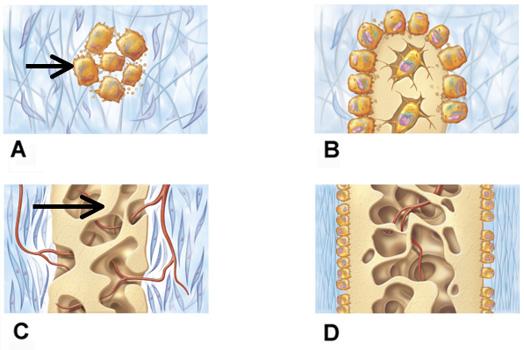
Which of the following substances is NOT a component of the osteoid material secreted by the cells indicated by the arrow in panel A?
calcium
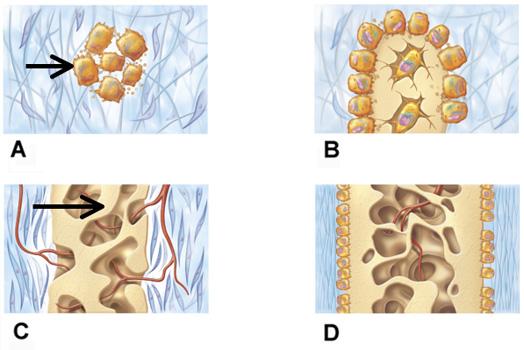
The illustrated bone-forming process would be associated with which of the following bones?
parietal
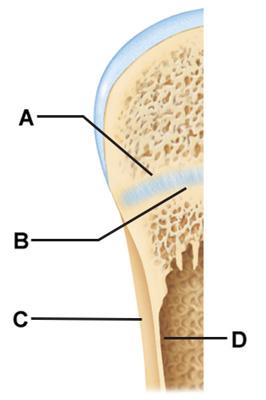
During bone growth, which event is most significant at the surface indicated by the letter A?
expansion of the cartilage matrix
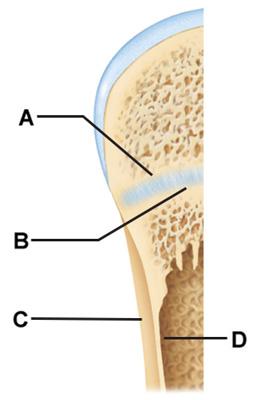
During bone growth, which significant event occurs at the surface indicated by the letter C?
appositional growth
Hematopoiesis is a term for which of the following physiological processes?
blood cell formation
Which of the following hormones is currently thought to decrease plasma calcium levels in pregnant women and children?
calcitonin
PTH promotes the formation of which hormone?
calcitriol
Which of the following would NOT be a way that parathyroid hormone (PTH) could alter plasma calcium levels? (Which one of the following is FALSE?)
increase osteoblasts on bone
Which hormone works directly in the intestine to increase plasma calcium levels?
calcitriol
Which of the following refers to a bone disorder found most often in the aged and resulting in the bones becoming porous and light?
osteoporosis
When chondrocytes in lacunae divide and form new matrix, it leads to an expansion of the cartilage tissue from within. This process is called ________.
interstitial growth
Which type of cartilage covers and protects the ends of bones at freely moveable joints?
hyaline cartilage
Cartilage grows in two ways, appositional and interstitial. What is appositional growth?
the secretion of new matrix against the external face of existing cartilage
Which of the following statements best describes interstitial growth?
Chondrocytes in the lacunae divide and secrete matrix, allowing the cartilage to grow from within.
Choose the FALSE statement.
Long bones include all limb bones except the patella.
The main role of the appendicular skeleton is to protect and support vital organs.
False
The periosteum is a tissue that serves only to protect the bone because it is not supplied with nerves or blood vessels.
False
The term osteoid refers to the organic part of the matrix of compact bones.
True
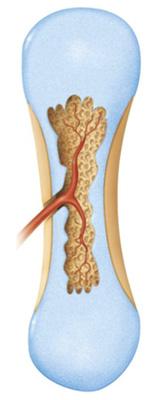
Which of the following bones are formed by the illustrated process?
humerus
femur
vertebrae
All of the listed responses are correct.
What kind of tissue is the forerunner of long bones in the embryo?
hyaline cartilage
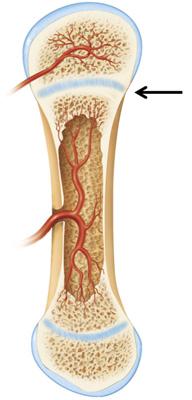
The arrow in the figure is pointing to which of the following structures?
the epiphyseal plate
Each consecutive bone lamella has collagen fibers that wrap in alternating directions.
True
Bones are classified by whether they are weight bearing or protective in function.
False
Ossification of the ends of long bones ________.
is produced by secondary ossification centers
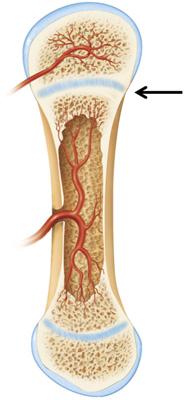
The structure indicated by the arrow is composed primarily of what material?
hyaline cartilage
Cartilage has a flexible matrix that can accommodate mitosis of chondrocytes.
True
Which of the following is stored in bones?
phosphate
Hyaline cartilage ________.
is found on the ends of bones that form movable joints
The structural unit of compact bone (osteon) resembles the growth rings of a tree trunk.
True
What indicates that a long bone has reached its adult length?
closure of the epiphyseal plate
Osteoclasts ________.
break down bone
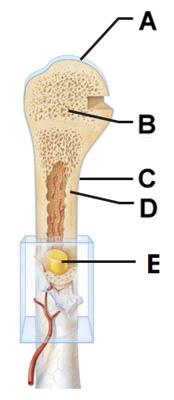
In which of the labeled parts of the adult long bone would hematopoietic tissue be located?
B
The canal that runs through the core of each osteon (the Haversian canal) is the site of ________.
blood vessels and nerve fibers
Sixty-five percent of the mass of bone is a compound called hydroxyapatite.
True
A fracture in the shaft of a bone would be a break in the ________.
diaphysis
The notable hardness of bone is attributed to ________.
the presence of inorganic hydroxyapatites
The axial skeleton includes the ________.
ribs
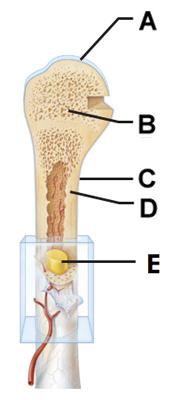
Which of the following is the major component of the part of the bone labeled E?
adipose tissue
Which of the following is not a function of the skeletal system?
communication
The periosteum is secured to the underlying bone by dense connective tissue called ________.
perforating (Sharpey's) fibers
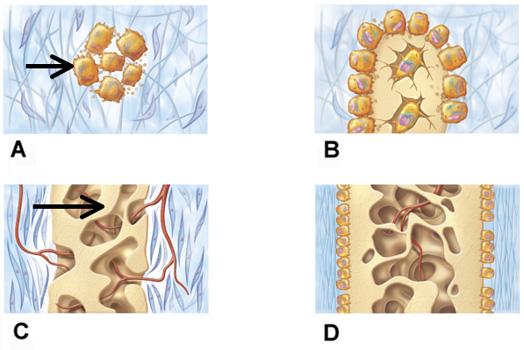
The above figure depicts which of the following bone-forming processes?
intramembranous ossification during embryonic development
The cell responsible for secreting the matrix of bone is the ________.
osteoblast
The structure of bone tissue suits the function. Which of the following bone tissues is adapted to support weight and withstand tension stress?
compact bone
The notable hardness of bone is attributed to ________.
the presence of inorganic hydroxyapatites
Cartilage has a flexible matrix that can accommodate mitosis of chondrocytes.
True
What kind of tissue is the forerunner of long bones in the embryo?
hyaline cartilage
Use the figure to match the following descriptions.
Drag the
appropriate labels to their respective targets.
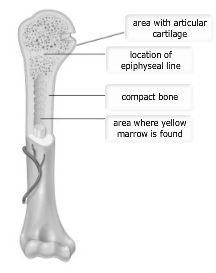
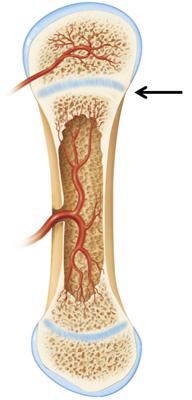
The arrow in the figure is pointing to which of the following structures?
the epiphyseal plate
The structure of bone tissue suits the function. Which of the following bone tissues is adapted to support weight and withstand tension stress?
compact bone
Yellow bone marrow contains a large percentage of ________.
fat
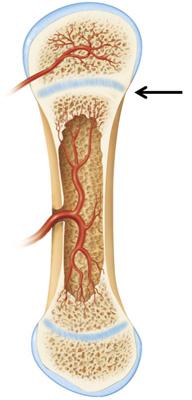
The structure indicated by the arrow is composed primarily of what material?
hyaline cartilage
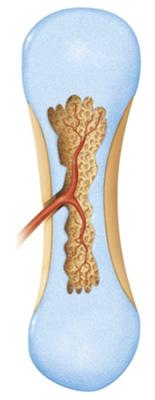
Which of the following bones are formed by the illustrated process?
femur
vertebrae
humerus
All of the listed responses are correct.
Bones do NOT have a role in ________.
glycogen production
Ossification of the ends of long bones ________.
is produced by secondary ossification centers
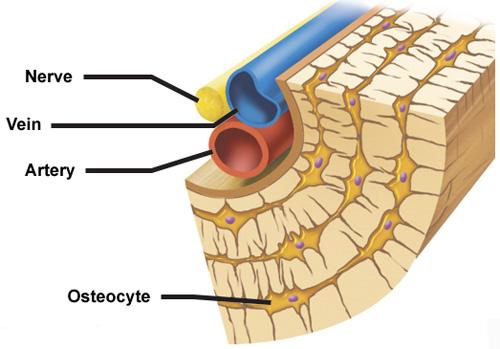
The structures in the figure collectively form a structural unit termed a(n) ______.
osteon
Which of the following is not a function of the skeletal system?
communication
Each consecutive bone lamella has collagen fibers that wrap in alternating directions.
True
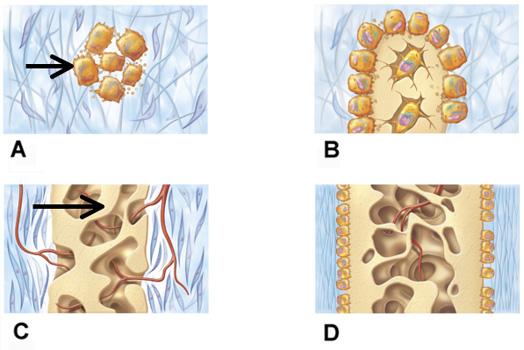
The above figure depicts which of the following bone-forming processes?
intramembranous ossification during embryonic development
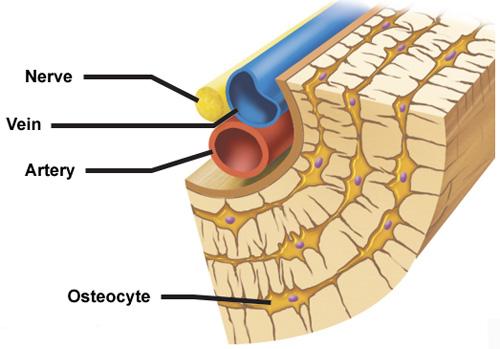
Osteocytes are connected to each other through which structure?
canaliculi
Choose the TRUE statement.
Endochondral ossification converts hyaline cartilage "bone" models into true bones (i.e., hyaline cartilage serves as a template for bone formation).
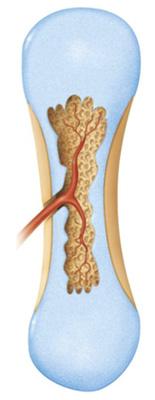
A step in which bone-forming process is shown in the figure?
endochondral ossification
Which bone cells form bone?
osteoblasts
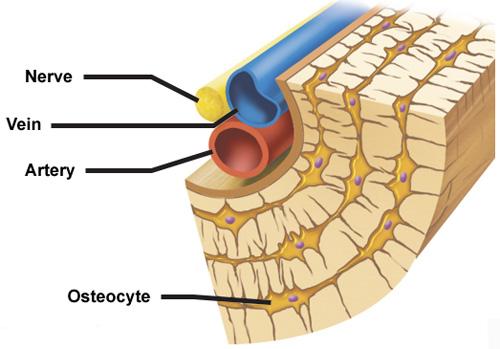
The indicated osteocyte is located within layers of bony matrix termed ______.
lamellae
What tissue forms the model for endochondral ossification?
cartilage
The epiphyseal plate is ________.
where long bone lengthening occurs
What is the structural unit of compact bone?
osteon
Which of the following is a bone projection?
trochanter
The trabeculae of spongy bone are oriented toward lines of stress.
True